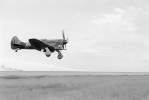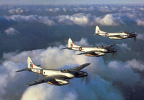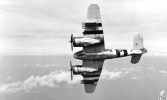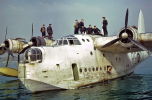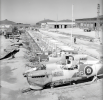Looking in to the Gloster Gladiator I found a link about a restoration.
Not only a good story but a link to “The Fighter Collection†site.
Every year they have a Flying Legends airshow at Leeds airport.
One of these years I just may make it there.
The Gloster:


https://fighter-collection.com/cft/gloster-gladiator-g-glad/
Not only a good story but a link to “The Fighter Collection†site.
Every year they have a Flying Legends airshow at Leeds airport.
One of these years I just may make it there.
The Gloster:


https://fighter-collection.com/cft/gloster-gladiator-g-glad/













































































































